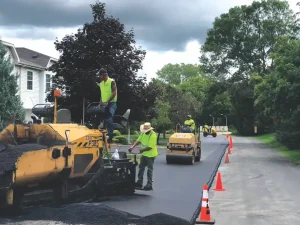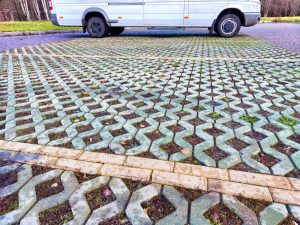There are many myths and misconceptions about concrete construction. Many people have heard these myths and have adopted them as truth, while in reality, there’s no basis of truth to many of these. Today, we will unpack the most common myths about concrete construction.
-
Mixing water increases slump
The first myth is that adding water to the mix is the only way to increase slump. For the uninitiated, slump is the measure of fluidity and consistency in the concrete itself. The higher the slump is the wetter the mix will be.
There are many ways to increase slump in concrete apart from adding water. In fact, adding water can reduce the strength of the concrete as a whole.
Other methods for increasing the slump of your concrete include using water reducers and superplasticizers. These increase slump while maintaining good water to cement ratio. Additionally, air entrapment can increase the workability of the concrete.
-
Curing = Drying
The second myth of concrete is that curing concrete means letting it dry. This is a total misconception about concrete. In fact, concrete needs water to keep it hydrated and gain strength.
As the cement hydrates, it sets, hardens, and keeps the concrete staying strong. Curing the concrete helps with the temperature to make sure that the concrete develops well.
-
“Footprint test”?
Another myth about concrete is that if there is no visible bleed water, or it passes the “footprint test,” that it is ready for finishing. This is absolutely untrue! If you finish your concrete before it’s ready, it can impact the surface, leaving dusting, defects, and delaminations. It takes a skilled and experienced worker to know when concrete is ready to be finished.
-
Cold temperatures won’t affect concrete
One common myth is that you can lay concrete on the frozen ground without any forethought. Precautions must be taken in the event of adverse weather conditions, to make sure that there are no future problems with your concrete. If you do place concrete on frozen ground, there can be many issues. It could settle unevenly, cause cracking, or falter the grade of hardening. In perfect conditions, the soil temperature should be close to or almost exactly the same temperature as the concrete.
-
Concrete is impermeable
Many people believe that concrete. Contrary to this belief, concrete is actually extremely permeable. Moisture and other substances can easily pass through the medium, depending on the porousness of the concrete you have selected. Yet, there are ways to make your concrete less permeable and more water-resistant. You may use a different mix ratio, using less water and more concrete mix. Additionally, using different admixtures such as superplasticizers or silica fume can help as well as a vapor retarder placed underneath the concrete.
Many people have different misconceptions about concrete, and it is important to educate yourself on which type of concrete works best for your space to ensure the best service and durability for you.
Connect With Pro-Pave, Inc.
Pro-Pave, Inc. has established a reputation as one of the Washington, DC area’s most reliable paving companies. We know everything to know about asphalt paving.
We currently offer these asphalt services for roads, parking lots, and more: Excavation, Asphalt Stone Work, Asphalt Grading, Asphalt Paving, Asphalt Patching, Asphalt Milling, Asphalt Sealcoating, Asphalt Crack Sealing, and Asphalt Striping and Signage.
To find out more about how we can help your business with all of your paving needs, contact Pro-Pave today. Visit our website, or give us a call at (703) 433-9500.





